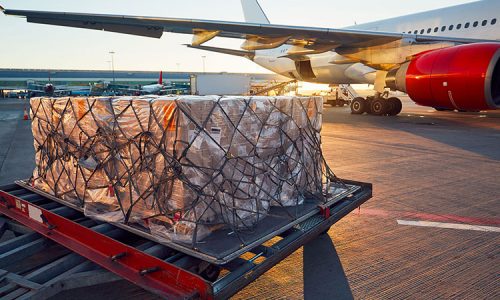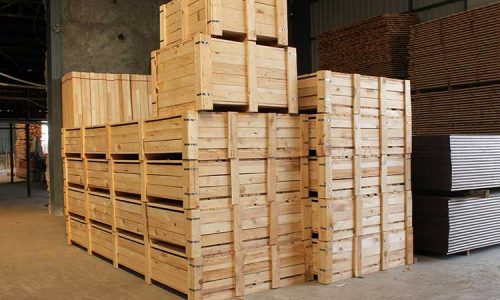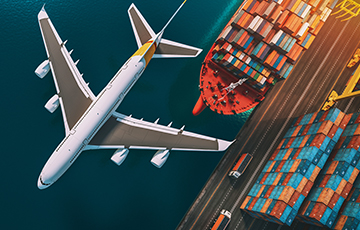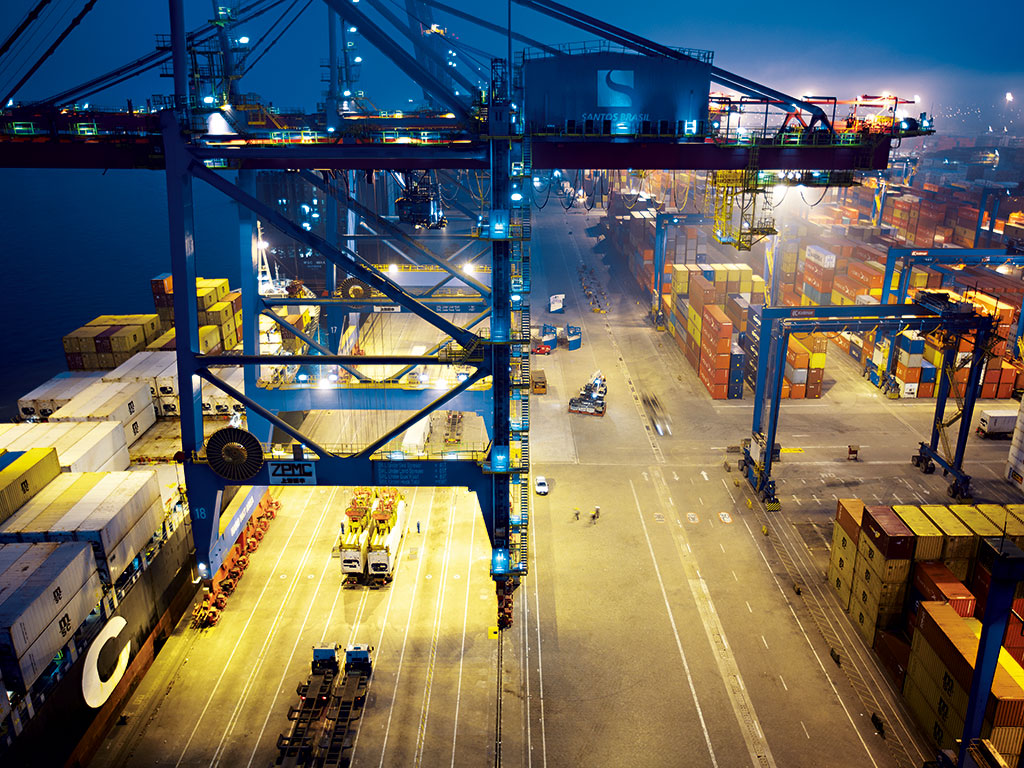All You Need to Know About Shipping ADR Dangerous Goods
- Sahan Cargo
- Shipping goods
- 0 Comments
Is the carriage of hazardous goods allowed? And how?
Lucky for you, yes. Thanks to the so-called ADR, the transport of dangerous goods by road is already permitted. But what exactly is ADR?
The ADR (Agreement Concerning the International Carriage of Dangerous Goods by Road) is the European agreement that regulates the international movement of dangerous goods by land explicitly. Accordingly, each treaty member country must implement specific security measures for the transport of ADR dangerous goods through its legislation. At the same time, the agreement is a fundamental part of the logistics and foreign trade sector. It guarantees its members greater efficiency and security in the functioning of these areas.
Why is ADR in transport important?
The transport of dangerous goods by road creates risks for health and well-being, for those directly or indirectly involved in the process. Thus, every precaution regarding the phases of the transport process (packaging, shipping, transportation, delivery) is necessary. ADR seeks to establish practical measures that prevent accidents, avoiding irreparable damage to the general public, drivers, emergency services, and even the environment.
What is a dangerous goods classification?
Although it looks complex, the meaning of ADR cargo is simpler than it looks, and refers to goods that are dangerous for shipping via road. But when it shall be considered dangerous? When it has any substance or material that imposes unreasonable risk. The risk is related to health, environment, safety and property transported, in all phases of the transportation process. Many products that are not considered by the public to be dangerous are included in the ADR. Although they do not appear to be at risk, they may have dangerous composition materials, for example, photographic films and nail polish. For this reason, it is essential to analyze all components of the product before shipping carefully. To find out if the product falls under the ADR, dangerous goods is necessary to examine the nine classes of hazardous goods disposed of in the table below.
| Classes of Hazardous Goods |
|---|
| Explosive substances and objects used to perform explosions and pyrotechnics. |
| Gas or liquid |
| Flammable liquids |
| Flammable solids |
| Oxidizing substances |
| Poisonous (toxic) and infectious substances |
| Radioactive substances |
| Corrosives |
| Mixed hazardous substances |
What are the ADR transport regulations over shipments containing hazardous goods?
ADR’s hazardous goods shipment regulations include several actors, including those who do not participate in the transport itself, but who produce the good. Additionally, it’s a way to ensure that at all levels, the goods will be safe and won’t put others at risk. In general, the participant involved in the process should:
- Ensure that the person hired by him or her, who is responsible for the transport of dangerous goods, has received the appropriate training;
- Keep training records;
- Meet specific legal exercises ;
- Have proper measures to avoid/control damage or injury;
- The transport document must accomplish ADR Dangerous goods. They shall provide detailed information about the transported cargo. Since the classification of the substances, until the correct manner of packing.
- Notify the emergency services of immediate risks to public safety.
The Health Safety Authority adequately explains more specific information about the regulations of each actor involved.
Therefore, the regulations vary in different nations, once the ADR allows some degree of discretionarily for the countries. So, they have the autonomy to adopt measures, since they are in accordance with the proposal of the treaty. Because of the regulation’s differences among countries, it is essential to check the specific criteria of each region.
How to ship ADR hazardous goods safely?
In addition to following the ADR transport regulations, make sure to search for the best way to ship these goods. Be aware that shipping methods are not limited to Road Freight. Moreover, under specific circumstances, other forms of transport, such as Sea Freight, are often more convenient. For that reason, invest in researching different means for your dangerous goods transport, and make sure that the contractor is efficient and safe.
Sounds overwhelming? Don’t worry, although Sahan Cargo does not offer hazardous goods transport yet, we do offer many other different services and forms of transport, with high security and efficiency. Not only your product arrives safely with us, but you have the best experience during the process.
ADR dangerous goods packing instructions
These types of products require special attention in addition to the standard packaging instructions. Moreover, to ensure that ADR hazardous goods are ship safely is also necessary to guarantee effective and efficient packing. Attention on details is required.
For Packing:
- First of all, check if the product came with a factory defect. If you come, do not send under any circumstances.
- Use quality materials in the packaging, so that it is resistant to different climatic and transport conditions;
- Confirm that there is no dangerous material on the outside of the packaging;
- Confirm that the packaging compartment is correctly sealed.
Additional Documentation when shipping ADR dangerous goods
Besides the documents required under other regulations, some additional documentation is necessary when transporting ADR hazardous goods. The necessity is to bring more safety for the society, environment and product before, during and after the transport. Moreover, it’s crucial in the carriage of hazardous goods, the provision of information in the form of a transport document, also known as Dangerous Goods Notes (DGN’s). The consignor of ADR dangerous goods must provide the transport document to the carrier, and typically must be carried in the vehicle during the whole road transportation process. The document must:
- Contain information for each dangerous substance, material or article offered for carriage;
- Contain the UN number, preceded by “UN”;
- Includes the proper shipping name, followed by technical name when required;
- Describe hazard’s classes for each of the substances;
- Have information about the appropriate packing.
The Transport document must be in the official language of the country of origin as well as in French, English or German when the official language is not one of those. It’s essential to make sure that even the transportation crew have a language understanding of it. Because the primary hazard information is vital for decisions regarding the handling of these products. In addition, it enables more effective actions in emergency cases involving those goods. Need more information? Please don’t hesitate to contact us.








